The Silk Road was a network of trade routes which connected the East to the West, and was central to the economic, cultural, political, and religious interactions between these regions from the 2nd century BCE to the 18th century. The Silk Road primarily refers to the land routes connecting East Asia and Southeast Asia with South Asia, Persia, the Arabian Peninsula, East Africa and Southern Europe.
The Silk Road derives its name from the lucrative trade in silk carried out along its length, beginning in the Han dynasty in China (207 BCE–220 CE). The Han dynasty expanded the Central Asian section of the trade routes around 114 BCE through the missions and explorations of the Chinese imperial envoy Zhang Qian, as well as several military conquests.
The Chinese took great interest in the security of their trade products and extended the Great Wall of China to ensure the protection of the trade route.
Hojatollah Ayoubi, Secretary-General of the Iranian National Commission for UNESCO said in a meeting on Wednesday that however, the name of the Silk Road and the capacity of the Silk Road is a good opportunity for the Islamic Republic of Iran to have cultural, scientific, literary and historical monuments along the way. The Silk Road is about to be introduced to the world sooner and better.
The mainstream view to the Silk Road is economical, while in addition to the importance of the economic operation, the road has cultural value and capacity.
Emphasizing that the commission is working for global registration of a work of Hamedan, Secretary-General of the UNESCO National Commission in Iran expressed hope that Hamedan’s hosting of the Sixth International Conference on Chain Registrations along the Silk Road will make this important goal to be realized.
Hojatullah Ayoubi recently noted that this hosting will be the beginning of Hamedan's global introduction because it is part of Iran's identity.
The importance of the Silk Road is not overlooked by anyone, and it is considered to be the important route of the various countries of the world, which is considered as a special section of UNESCO, he said, noting that the historical and cultural heritage of Hamedan is honorable.
Ayoubi pointed out that there is a tough competition between the various countries around the Silk Road and look at this path is from an economic perspective.
Cvetan Cvetkovski, Officer-in-Charge of the UNESCO Office in this meeting, appreciated the municipality of Hamedan, said that UNESCO is involved in all activities of the local community, and in this program it was agreed that additional activities and meetings will be held.
Cvetkovski, said: One of these activities is the Symposium on the Interfaith Dialogue along the Silk Road and other activities with cultural and artistic identity will be held in Hamedan during the conference.
He expressed hope that all these programs could have a good image of UNESCO, UNESCO-Iran, Hamedan, and Iran. We document all the activities that are being done at the conference, and in November, at the UNESCO General Conference, we present this set of activities in a coherent manner.
6125**2050
Follow us on Twitter @IrnaEnglish

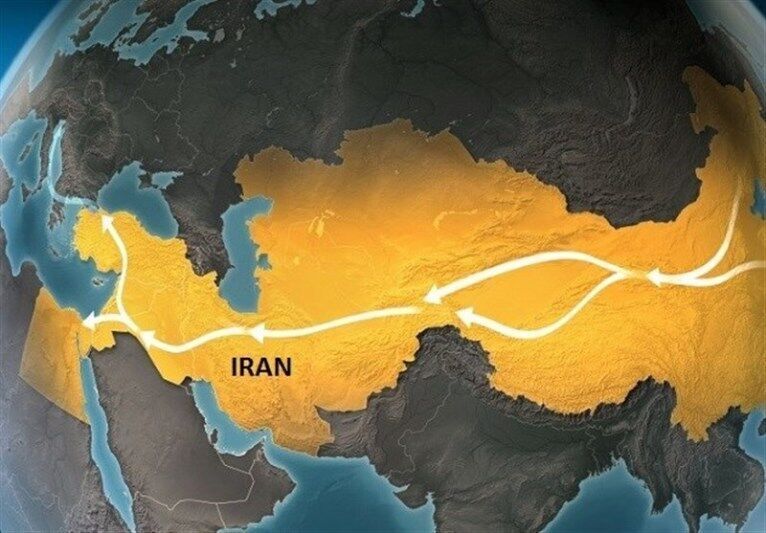



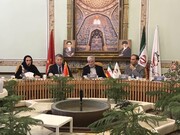

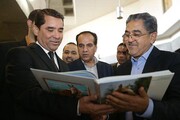
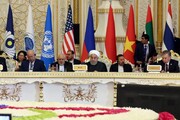
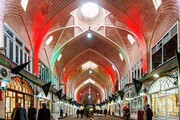
Your Comment